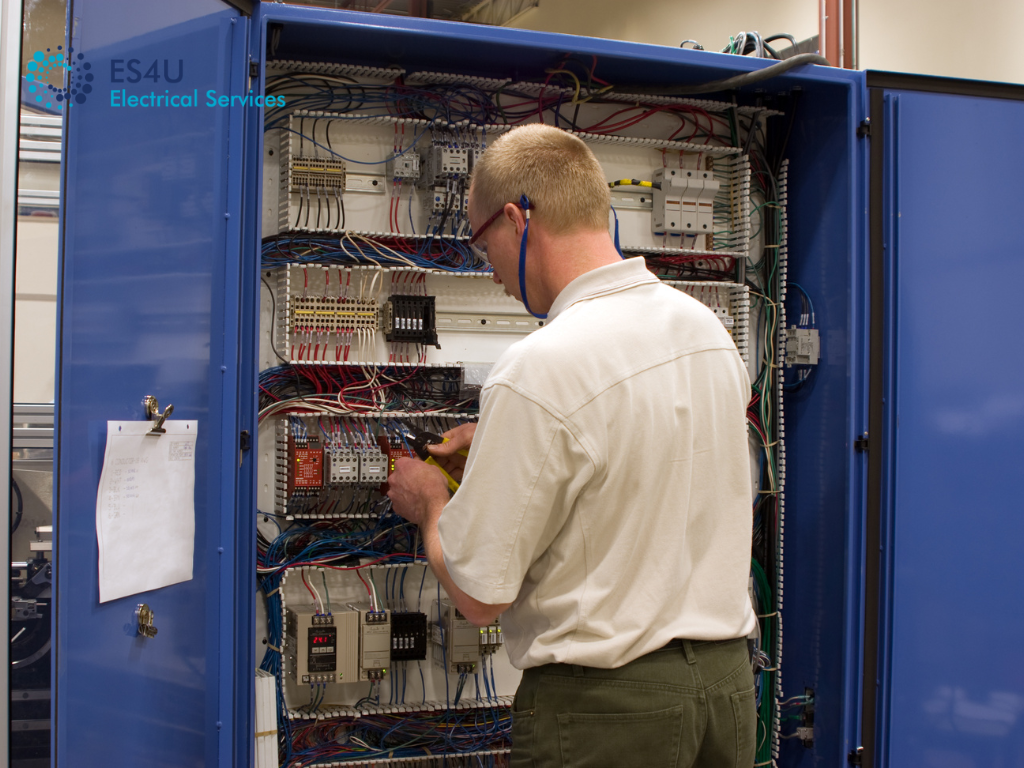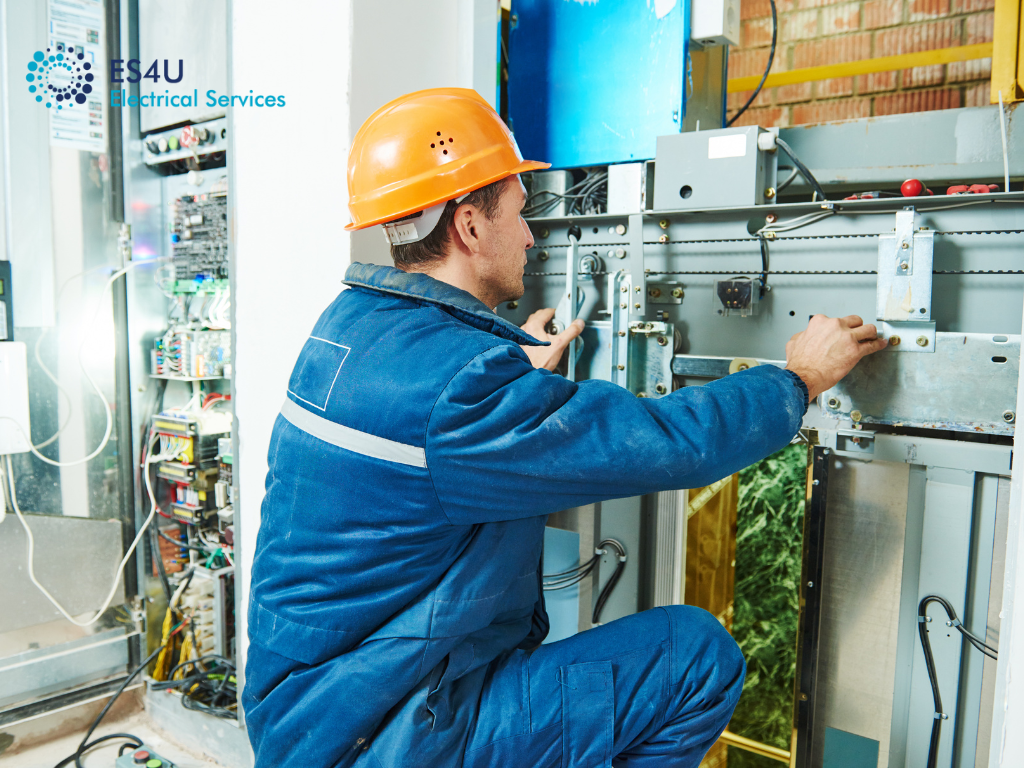
Older industrial fit outs buildings often operate with outdated electrical systems that can no longer meet modern demands. These systems may struggle to handle the increased electrical load required by contemporary machinery and technology, leading to frequent outages, inefficiencies, and potential safety hazards. Upgrading these systems is crucial to ensure the smooth operation of industrial facilities, as it helps to accommodate new equipment, improve energy efficiency, and enhance overall productivity.
Importance of Modernizing Electrical Infrastructure for Efficiency and Safety
Modernizing electrical infrastructure is essential for both efficiency and safety in industrial settings. Efficient electrical systems reduce energy consumption and operational costs, contributing to a more sustainable and cost-effective business model. Furthermore, updated systems enhance safety by minimizing the risk of electrical fires, shocks, and other hazards. Modern electrical fit outs incorporate advanced industrial electrical solutions, such as smart technology and automation, to further optimize performance and ensure compliance with current safety standards.
Assessing the Current Electrical System
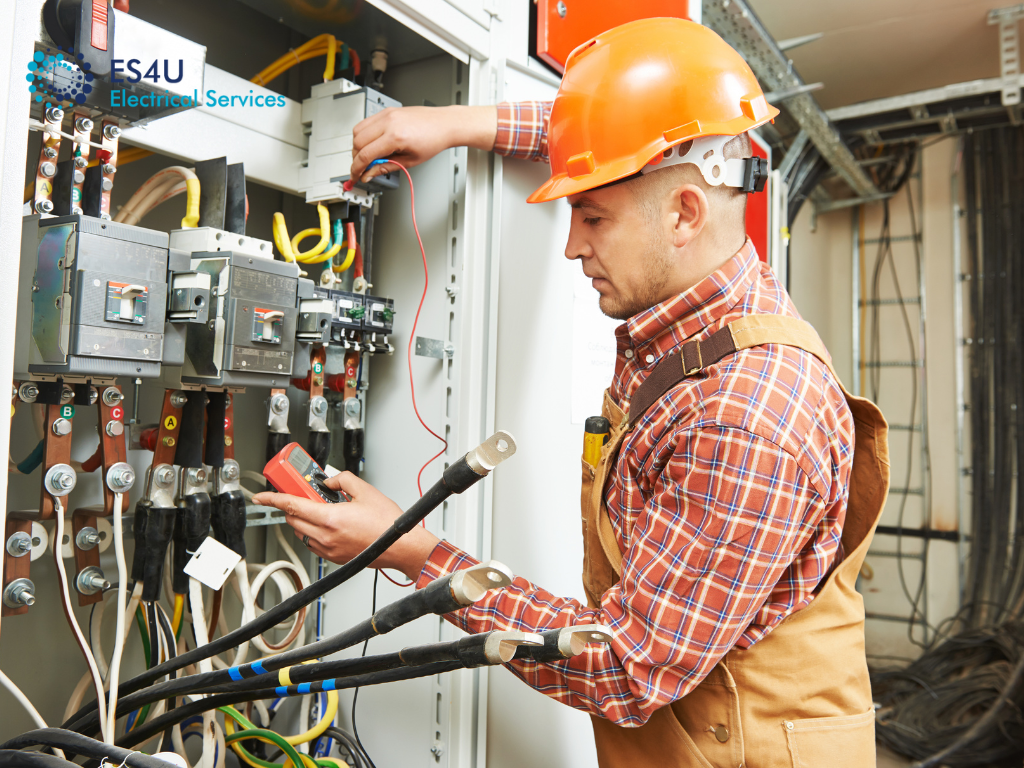
Conducting a Thorough Audit of the Existing Electrical System
The first step in upgrading an electrical fit outs system is to conduct a comprehensive audit of the existing infrastructure. This involves inspecting all electrical components, including wiring, panels, and outlets, to identify areas that are outdated or malfunctioning. An audit should also evaluate the system’s capacity to handle current and future electrical loads, ensuring that it can support new equipment and technology. Utilizing advanced diagnostic tools and techniques can provide detailed insights into the system’s performance and areas needing improvement.
Identifying Outdated Components and Potential Hazards
During the audit, it’s crucial to identify outdated components that may pose risks or inefficiencies. This includes old wiring that may be frayed or corroded, outdated circuit breakers that may not trip properly, and any other components that do not meet modern safety standards. Additionally, potential hazards such as overloaded circuits, improper grounding, and inadequate insulation should be addressed. Identifying these issues early on allows for a more targeted and effective upgrade, enhancing both the safety and reliability of the electrical system.
Planning the Upgrade
Setting Goals for the Electrical Upgrade
Setting clear goals is a vital part of planning an electrical upgrade. These goals should align with the overall operational objectives of the industrial facility. Common goals include improving energy efficiency, increasing system capacity, enhancing safety, and integrating modern industrial electrical solutions. By defining these objectives upfront, the upgrade process can be more focused and strategic, ensuring that the end results meet the specific needs of the business.
Developing a Comprehensive Upgrade Plan
Developing a comprehensive upgrade plan involves outlining the steps necessary to achieve the set goals. This plan should include detailed timelines, budget estimates, and a list of required resources. It should also address potential challenges and contingencies, ensuring that the upgrade process can proceed smoothly. Collaboration with experienced electrical engineers and contractors is crucial during this phase, as their expertise can help refine the plan and identify the most effective solutions for the upgrade.
Key Components of an Electrical System Upgrade
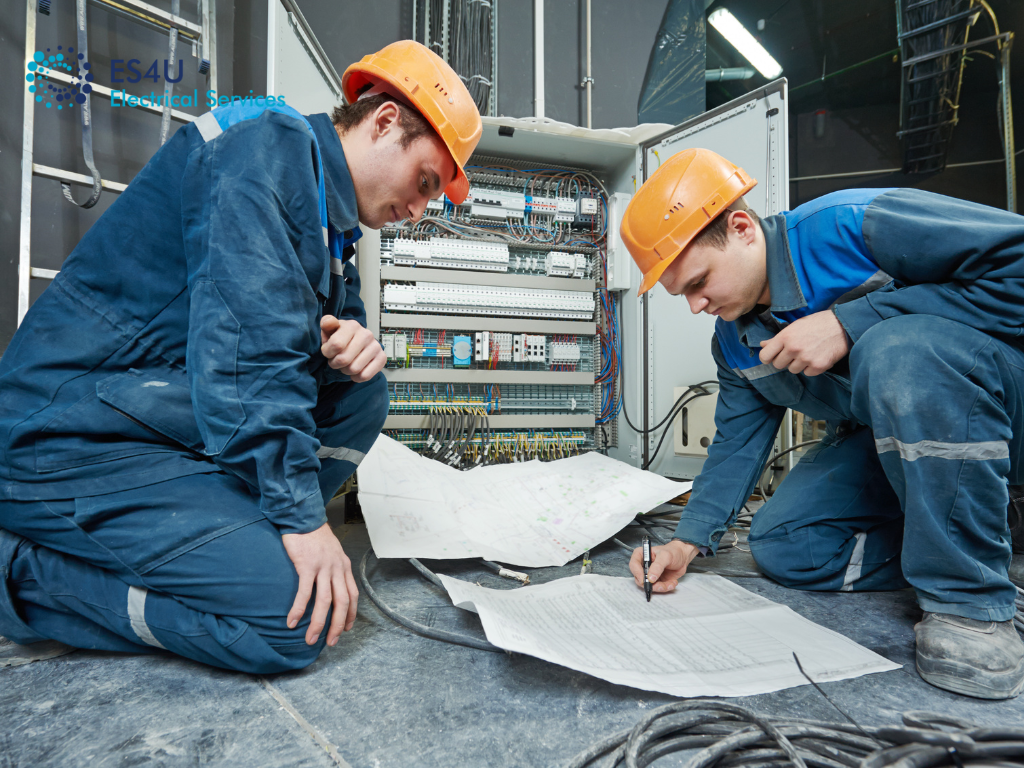
Replacing Old Wiring and Cabling
Replacing old wiring and cabling is often one of the most critical components of an electrical system upgrade. Over time, wiring can degrade due to wear and tear, environmental factors, and increased load demands. New wiring not only ensures reliable power distribution but also enhances safety by reducing the risk of electrical fires and other hazards. Using high-quality materials and adhering to modern standards is essential for the longevity and performance of the new wiring system.
Upgrading Circuit Breakers and Panels
Upgrading circuit breakers and panels is another essential aspect of modernizing an electrical system. Older panels and breakers may not be capable of handling the increased electrical loads required by modern industrial equipment. Newer models are designed to provide better protection against overloads and short circuits, improving the overall safety and efficiency of the electrical system. Additionally, modern panels often include features such as automated monitoring and remote control, integrating seamlessly with other industrial electrical solutions to enhance operational control and efficiency.
Enhancing Energy Efficiency
Implementing Energy-Efficient Technologies
One of the primary goals of upgrading electrical systems in older industrial electrical solutions buildings is to enhance energy efficiency. Implementing energy-efficient technologies can significantly reduce energy consumption and operational costs. Some key technologies include:
- LED Lighting: Replacing traditional incandescent or fluorescent lighting with LED fixtures can reduce energy use by up to 75%. LEDs also have a longer lifespan, reducing maintenance costs.
- Smart Controls and Automation: Installing smart controls and automation systems can optimize energy use by adjusting lighting, heating, and cooling based on occupancy and usage patterns. This includes programmable thermostats, motion sensors, and automated lighting systems.
- Variable Frequency Drives (VFDs): VFDs adjust the speed of motors based on demand, reducing energy consumption and extending the lifespan of the motors. They are particularly useful in applications like HVAC systems and industrial machinery.
Reducing Operational Costs Through Energy Efficiency
Improving energy efficiency not only benefits the environment but also has a direct impact on the bottom line by reducing operational costs. Here are some ways energy efficiency can lead to cost savings:
- Lower Energy Bills: Energy-efficient technologies consume less power, resulting in significant savings on energy bills. For example, upgrading to LED lighting can cut lighting costs by more than half.
- Maintenance Savings: Energy-efficient equipment generally requires less maintenance and has a longer lifespan, reducing the costs associated with repairs and replacements.
- Incentives and Rebates: Many governments and utility companies offer incentives and rebates for businesses that invest in energy-efficient technologies. These financial incentives can offset the initial investment costs and further enhance ROI.
Ensuring Compliance with Regulations
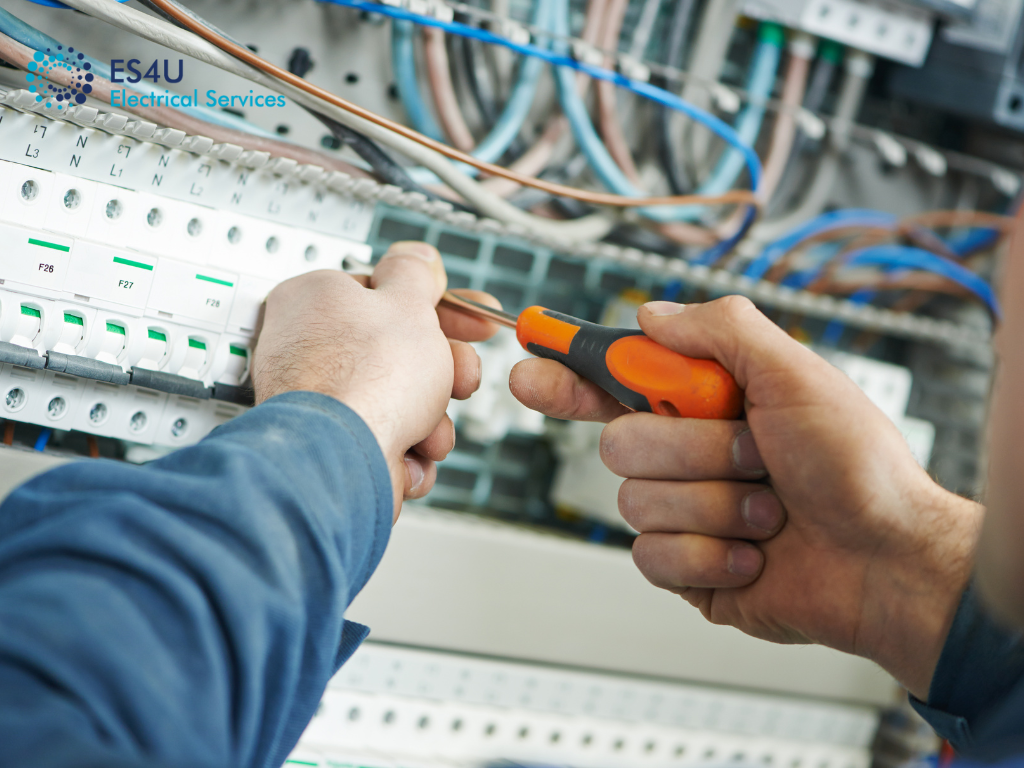
Understanding Relevant Electrical Codes and Standards
Compliance with electrical codes and standards is crucial when upgrading electrical systems in industrial buildings. These regulations are designed to ensure safety, reliability, and efficiency. Key codes and standards include:
- National Electrical Code (NEC): The NEC sets the foundation for electrical safety in residential, commercial, and industrial buildings in the United States.
- Occupational Safety and Health Administration (OSHA): OSHA regulations focus on workplace safety, including electrical safety standards to protect workers from electrical hazards.
- Local Building Codes: Local jurisdictions may have additional building codes and standards that must be followed. It’s essential to understand and comply with these regulations to avoid legal issues and ensure safety.
Working with Regulatory Bodies to Ensure Compliance
Working with regulatory bodies is essential to ensure that your electrical upgrade meets all necessary standards and regulations. Here’s how to do it effectively:
- Consult with Experts: Hire qualified electrical contractors who are familiar with the relevant codes and standards. They can provide guidance and ensure compliance throughout the project.
- Submit Plans for Approval: Before beginning the upgrade, submit your plans to the appropriate regulatory bodies for approval. This may include building permits, electrical permits, and other necessary documentation.
- Conduct Inspections: Schedule inspections at various stages of the project to verify that the work complies with all regulations. Regular inspections help identify and address issues before they become significant problems.
Minimizing Disruption During Upgrades
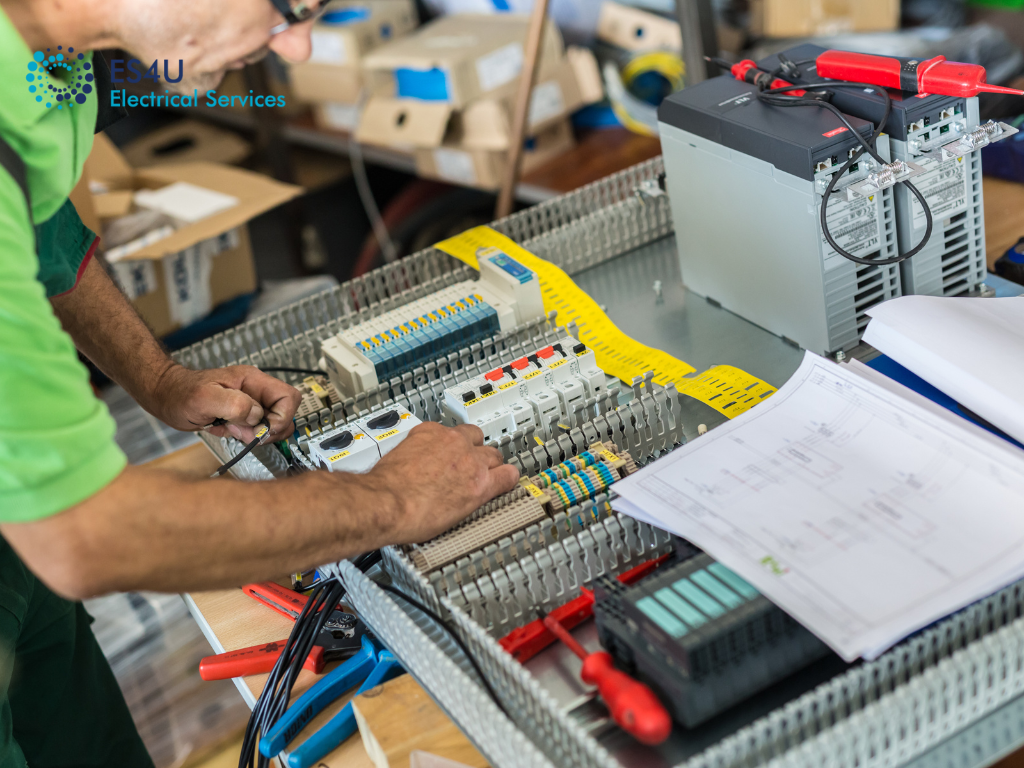
Strategies for Maintaining Operations During Upgrades
Upgrading electrical systems in an operational industrial building can be challenging. Minimizing disruption is essential to maintain productivity. Effective strategies include:
- Phased Upgrades: Implement upgrades in phases to avoid shutting down the entire facility. This approach allows parts of the building to remain operational while work is being done in other areas.
- Temporary Power Solutions: Use temporary power sources, such as generators, to ensure continuous operation of critical systems during the upgrade. This helps prevent downtime and keeps essential processes running smoothly.
Scheduling Work to Avoid Peak Production Times
Careful scheduling can further minimize disruption during electrical upgrades. Consider the following:
- Work During Off-Hours: Schedule upgrade activities during off-hours, such as nights or weekends, to avoid interfering with regular operations. This reduces the impact on production and allows workers to focus on their tasks.
- Coordinate with Other Departments: Collaborate with other departments to identify optimal times for upgrades. Consider production schedules, maintenance plans, and other activities to ensure minimal disruption.
Conclusion
The future of industrial electrical solutions is bright, with ongoing advancements in technology and a growing emphasis on sustainability. Smart technology, automation, and energy-efficient solutions are transforming the way industrial facilities operate. By staying informed about the latest trends and innovations, businesses can continue to improve their electrical systems and maintain a competitive edge. Investing in regular upgrades and working with experienced contractors ensures that industrial buildings remain safe, efficient, and adaptable to future challenges.
